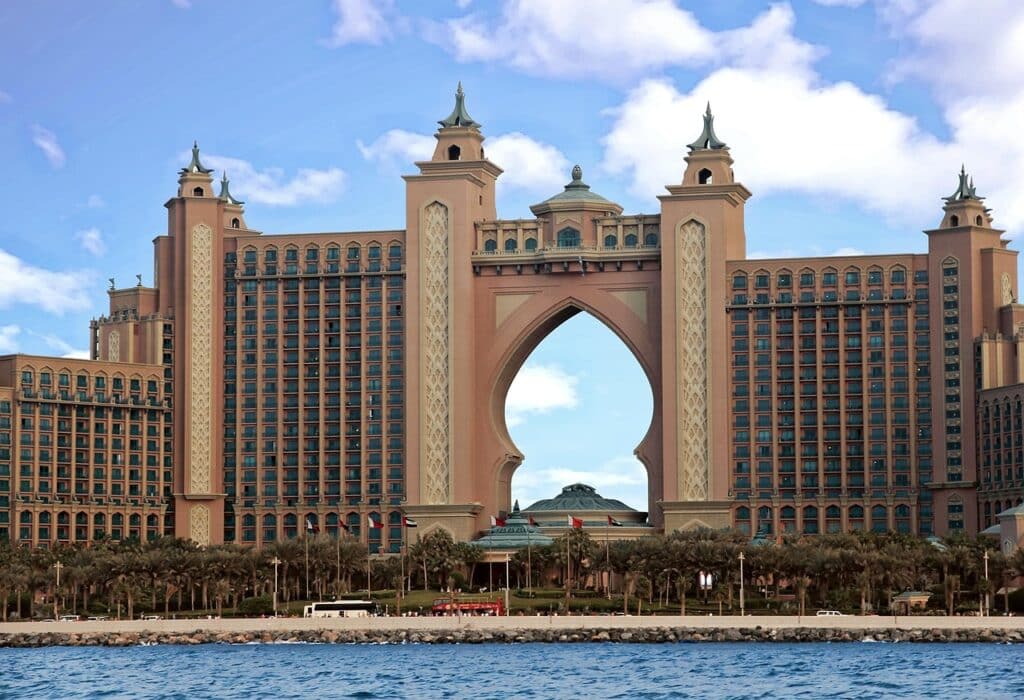
Al Samhah, a quiet and peaceful place in Abu Dhabi. Whether you are a resident or visitor, this guide will keep you informed about the history, the environment, and the famous things about Al Samhah.
1. Where is Al Samhah Located?
Al Samhah is part of the Emirate of Abu Dhabi, the capital of the UAE. The geographical location of Al Samhah is around 60 kilometer north-east of Abu Dhabi city in the Abu Dhabi to Dubai Highway (E11). This strategic location makes it a gateway to both the urban experience and the desert. And while it is near some of the most populated cities, it clearly retains a rural character.
2. Peek Into Its Historical Background
The majority of the Al Samhah population lives on agriculture, cattle rearing, pearl fishing, etc. The name “Samhah” roughly means “generosity” or “nobility” in Arabic, symbolizing the people of Al Samhah. It had once been a stop for travelers going across the dunes, and in the years it transformed into a small, connected community.
It does not have skyscrapers and rough trading malls that Abu Dhabi and Dubai do, but is not short of tradition and holds in itself the life of the pre-oil life in UAE. For a more detailed blog, please read Al Samhah UAE A Peaceful Living.
3. Community and Way of Life
The population of Al Samhah is tiny, most of them being Emiratis, though some expat workers are found living here, for instance, in agriculture, maintenance, or governmental services. The lifestyle is peaceful with an emphasis on family, with large homes and traditional majlis (sitting areas) concerning places of gathering. Almost all residents are acquainted with one another’s names.
Every Friday, prayers are held, barbecues hosted among families, and camel races or dates festivals arranged by the community. It’s slow, almost lethargic, by urban standards, much unlike the fast pace of Abu Dhabi or Dubai.
4. Economic Activities: Agriculture and More
One distinctiveness of Al Samhah is that it greatly contributes to local agriculture; the UAE government encourages farmers in this region by providing them with subsidies, besides projects and technical support in terms of supplying water.
Many small and medium-sized farms are located in the region and produce:
- Dates (especially the famous Khalas and Lulu varieties),
- Vegetables like tomatoes, cucumbers.
- Animal products such as camel milk, goat cheese, and poultry.
Some farmers are organic farmers as well. Often, they sell their produce to local markets and supermarkets in Abu Dhabi or even to the government’s food security programs. Apart from farming, some government- and semi-government-affiliated facilities, like water treatment stations, a police station, and health clinics, are also provided.
5. Infrastructure and Connectivity
Well-connected infrastructure with the Sheikh Maktoum Bin Rashid Road (E11) gives an answer to commuting to either Abu Dhabi or Dubai; this is Al Samhah. Though not urbanizing, it holds the proper amenities to assure a decent quality of life.
Key infrastructure includes:
- SEHA (Abu Dhabi Health Services) operate the healthcare facility.
- A plethora of public and private schools, including institutions that provide education in Arabic and English,
- Mosques, grocery stores, and petrol stations,
- Municipality offices and postal services of the area.
- Few public transport options, the rest being private vehicles.
6. Education and Health Care
It guarantees education and healthcare even in small towns like Al Samhah. Schools in this area follow the curriculum of the Ministry of Education, which has some partnerships with Abu Dhabi institutions for student exchange and other special programs.
The health services include:
- General practitioners and emergency services, along with pediatricians,
- Access to telemedicine and Abu Dhabi hospitals for specialty care through referrals.
7. Cultural and Social Identity
The cultural depth of Al Samhah is what differentiates it from others.
- Stars of traditional dance performances (Ayala and Yola)
- Camel beauty contests or races
- Date-picking events on family-owned farms.
Such cultural aspects are not mere rituals but, rather, very much integrated into the lifestyle of locals and instill a sense of pride amongst the younger generation. For more detailed blog, please visit website.
8. Future Developments and Sustainability
With this long-term vision, the government of the UAE plans for the development of towns such as Al Samhah based on several sustainable pillars that include:
- Smart agriculture projects using hydroponics and solar-powered irrigation,
- Eco-tourism, desert lodges, and farm tours,
- Renewable energy projects, solar farms.
Other plans include better public transport, good internet connection, and more schooling facilities to entice young Emiratis to settle and thrive in the rural hinterland.
Read Also: F44 Bus Route Dubai: Timings, Map & AED 5 Fare (2025)
9. Why Visit or Know About Al Samhah?
Not a typical tourist destination, Al Samhah presents a different side of the UAE: a slow, grounded lifestyle rich in nature, community, and history. It is good to read about the people interested in:
- Genuine Emirati culture,
- Sustainable desert living,
- Agricultural innovation in arid zones,
- Off the beaten track experiences
Whether a short road trip or even a community visit, Al Samhah reveals the other side of the UAE skyscrapers and luxury, aside from grassroots traditions, and nurturing the land.

